The humble rice cooker has long been the unsung hero of Asian kitchens, quietly steaming perfect grains while we focus on flashier cooking methods. But in recent years, a curious culinary hack has emerged from home kitchens and dorm rooms alike – the rice cooker roast chicken. This improbable technique turns the appliance's simple "cook rice" function into a makeshift oven, producing surprisingly succulent results that defy expectations.
The Marinade Alchemy
What separates a mediocre rice cooker chicken from a spectacular one begins hours before the cooking commences. The marinade acts as both flavor architect and moisture regulator in this unconventional cooking method. Unlike traditional oven roasting where basting is optional, the rice cooker's sealed environment makes the initial seasoning absolutely crucial. A balanced marinade typically combines acidic components (like lemon juice or vinegar) to tenderize, oils to carry flavors and prevent sticking, and an array of spices that can withstand the steaming process without turning bitter.
Experimentation reveals that thicker marinades work better than watery ones in this application. The steam environment causes thin liquids to dilute quickly, washing away flavors rather than letting them penetrate. Many successful recipes use yogurt-based or honey-enhanced marinades that cling stubbornly to the chicken's surface. The marinade time becomes critical too – less than four hours provides superficial flavor while overnight marination risks the meat becoming mushy in the subsequent cooking process.
The Rice Cooker's Hidden Talents
At first glance, the rice cooker seems ill-equipped for roasting. Its heating element cycles between high heat to boil water and lower maintenance temperatures to keep rice warm. This very limitation becomes the secret weapon when cooking chicken. The initial high heat mimics the blast of a professional oven, searing the surface to lock in juices. As the temperature stabilizes, the gentle steaming that follows prevents the dryness that plagues many home-cooked birds.
The appliance's sealed environment creates a miniature convection system. Steam circulates continuously, transferring heat more evenly than most home ovens can manage. This explains why even awkwardly positioned chicken pieces cook uniformly without the dreaded dry spots. The condensation lid prevents moisture loss – a common issue with conventional roasting where juices evaporate into the oven's vast cavity. In the rice cooker's confined space, those precious droplets continuously baste the chicken as they fall back down.
The Magic Button
Pressing the "cook" button initiates a carefully choreographed thermal dance. Modern rice cookers employ fuzzy logic to adjust cooking parameters based on what they detect. When presented with chicken instead of rice, the appliance doesn't malfunction – it adapts. The absence of starchy water absorption changes the heating profile, causing the unit to maintain higher temperatures for longer periods. This accidental perfect storm of conditions creates an ideal roasting environment.
Timing proves more art than science. A standard 3-pound chicken typically requires two full cook cycles – about 40 minutes total. The first cycle establishes structure and safety, bringing the meat through the danger zone of bacterial growth. The second cycle develops flavor and texture. Between cycles, many cooks employ a clever trick: carefully flipping the bird to ensure even exposure to the heating element. This manual intervention compensates for the lack of rotating spit found in professional roasting setups.
The Science Behind the Steam
Moisture management becomes the defining characteristic of rice cooker roasting. Traditional oven methods struggle with the paradox of needing high heat for browning while avoiding moisture loss. The rice cooker elegantly sidesteps this by creating a self-basting microclimate. As juices render from the chicken, they accumulate at the bottom before evaporating back into steam. This constant recycling of flavorful liquids produces meat that stays remarkably juicy even in the breast portions.
The steam environment affects texture profoundly. Collagen breaks down more completely than in dry heat methods, yielding fall-off-the-bone tenderness without the stringiness that sometimes accompanies slow cooking. The moist heat prevents the protein strands from tightening excessively, resulting in a uniquely succulent bite. This explains why even budget chicken cuts transform into something extraordinary through this method.
Flavor Development Nuances
Browning reactions occur differently in the rice cooker compared to conventional roasting. The Maillard reaction – responsible for deep, complex flavors – happens despite the moist environment, though more slowly. What the method lacks in crispy skin it makes up for in flavor penetration. The continuous steam infusion drives marinade components deeper into the meat than dry heat ever could. This creates a seasoned-through quality that surprises first-time tasters.
Clever cooks have discovered ways to boost umami during the cooking process. Adding a quarter cup of liquid (stock, wine, or even just water with mushroom powder) to the pot before cooking creates an aromatic steam that permeates the chicken. Some place aromatics like ginger slices or lemon halves in this liquid pool, creating a secondary flavor source that rises with the steam. Unlike oven roasting where added liquids might create soggy spots, the rice cooker's environment distributes these flavors evenly.
The Unexpected Advantages
Beyond the culinary results, the rice cooker method offers practical benefits that explain its growing popularity. Energy efficiency stands out – a rice cooker consumes about 700 watts during operation compared to a standard oven's 3000-plus watt draw. For small households or hot climates where oven use becomes uncomfortable, this presents a compelling alternative. The contained cooking also minimizes cleanup, with splatters and spills contained within the removable inner pot.
Perhaps most surprisingly, the technique proves remarkably forgiving. Where oven temperatures fluctuate and hot spots develop, the rice cooker maintains consistent conditions. Overcooking becomes difficult because the moist environment protects against drying out. This reliability makes the method ideal for novice cooks or those without precise kitchen equipment. The built-in keep-warm function serves as a perfect holding system if dinner gets delayed – something no conventional oven can match without compromising quality.
As word spreads about this unconventional technique, more variations emerge. Some cooks finish the chicken under a broiler for crispy skin after the rice cooker work is done. Others use the resulting flavorful liquid at the pot's bottom as a base for gravy or rice cooking. What began as a dorm room hack has evolved into a legitimate cooking method that challenges our assumptions about appliance limitations and culinary possibilities. The rice cooker roast chicken stands as proof that sometimes the most extraordinary results come from the most ordinary tools.
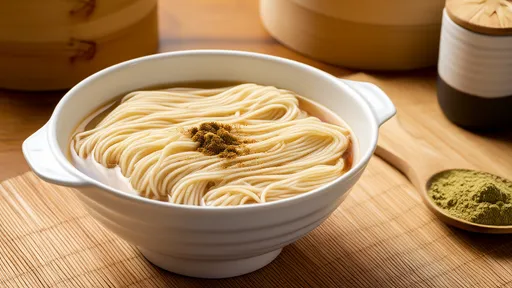
By /Jul 24, 2025
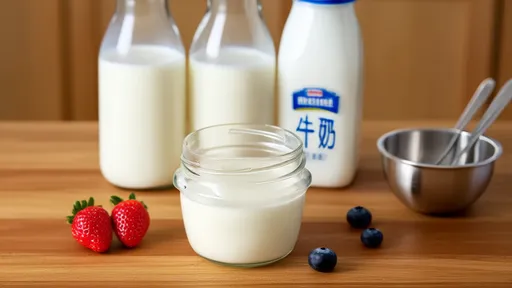
By /Jul 24, 2025
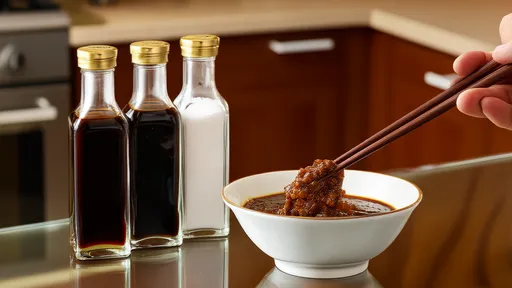
By /Jul 24, 2025
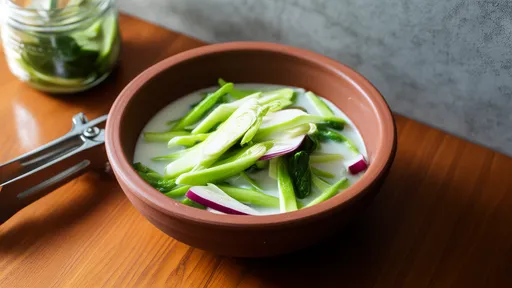
By /Jul 24, 2025
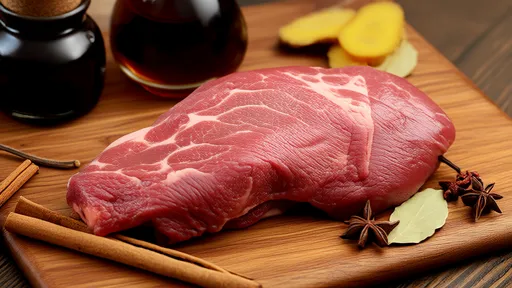
By /Jul 24, 2025
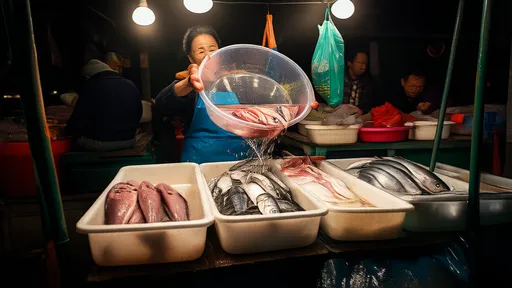
By /Jul 24, 2025

By /Jul 24, 2025
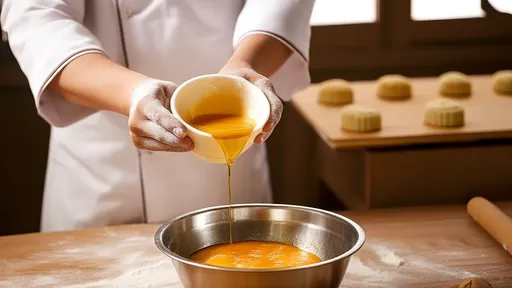
By /Jul 24, 2025
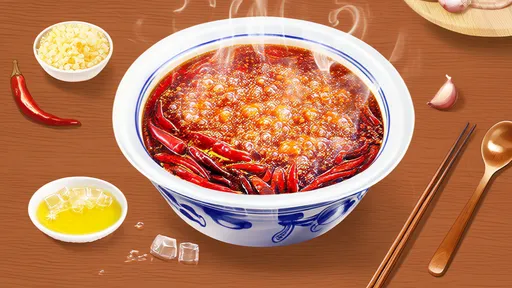
By /Jul 24, 2025
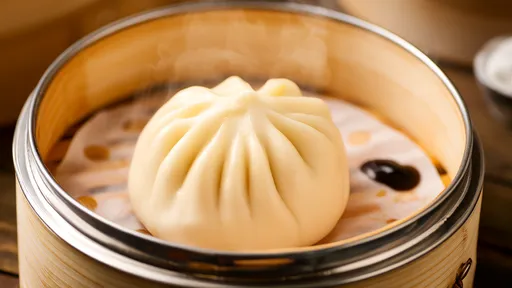
By /Jul 24, 2025

By /Jul 24, 2025
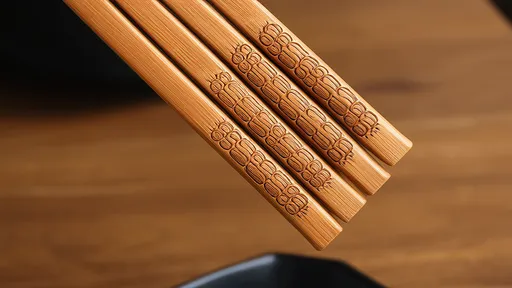
By /Jul 24, 2025
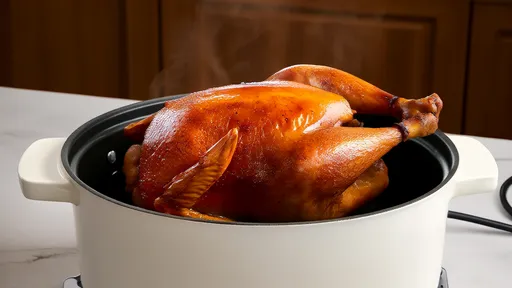
By /Jul 24, 2025
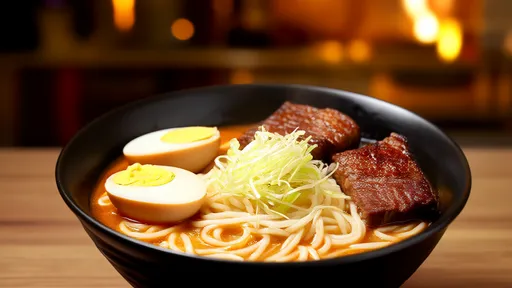
By /Jul 24, 2025
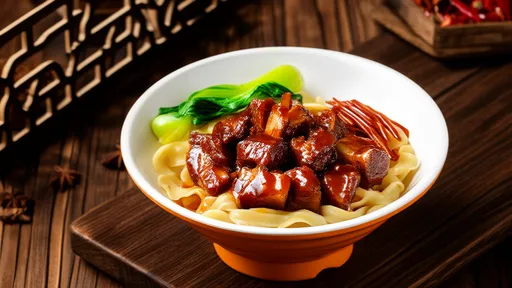
By /Jul 24, 2025
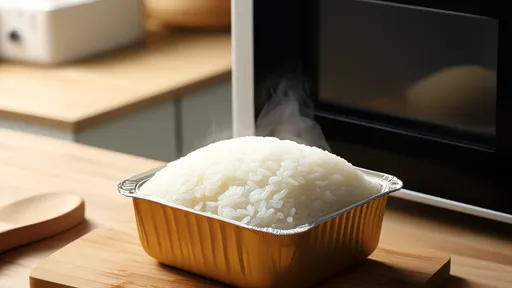
By /Jul 24, 2025
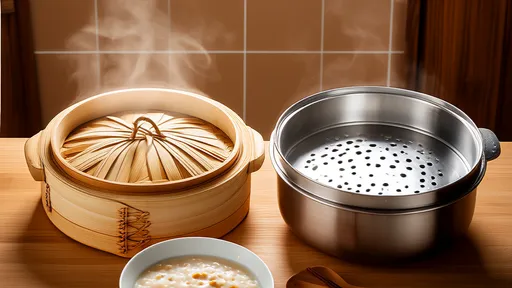
By /Jul 24, 2025
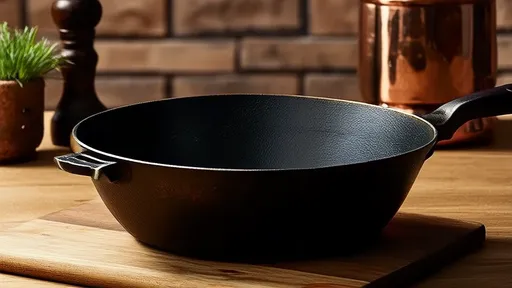
By /Jul 24, 2025